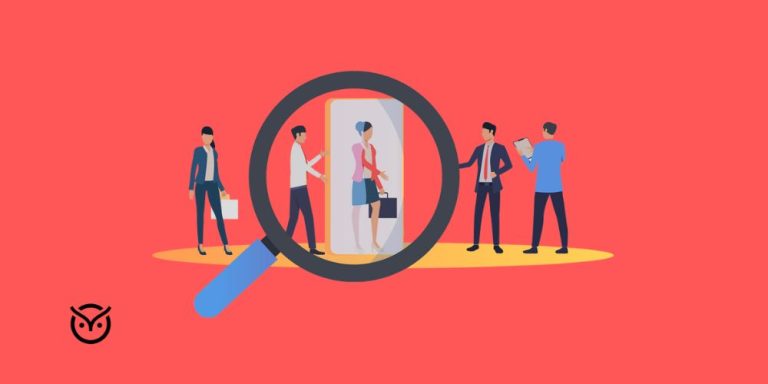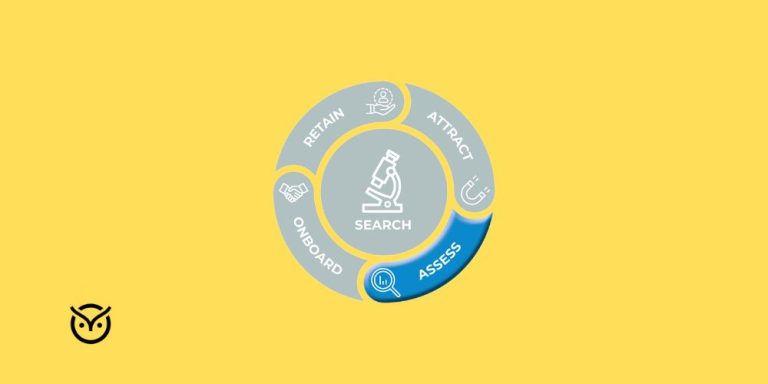What Is a Third Shift and Why Employers Pay More for It
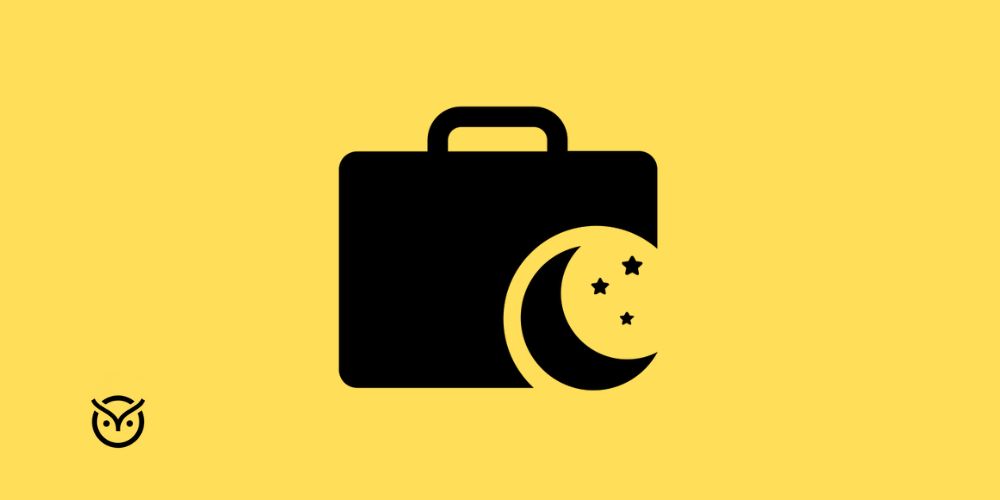
TL;DR
- What is a third shift? Overnight work, usually 11 PM–7 AM.
- 1st, 2nd, and 3rd shift hours cover day, evening, and night.
- Employers pay more for 3rd shift work hours since they disrupt sleep and routine.
- The graveyard shift hours can affect health, but also bring quiet and extra pay.
- Common third shift positions include healthcare, factories, securit,y and transport.
While most people are tucking into bed, some are just clocking in. Nurses, factory workers, truck drivers, and security guards all head into what’s known as the third shift. It’s not glamorous, it’s not easy, and it’s definitely not everyone’s dream schedule. The problem? Working overnight goes against our natural body clock, often leaving employees battling fatigue, disrupted family time, and health challenges.
Here’s the twist: employers know the 3rd shift isn’t everyone’s top pick. That’s why they often sweeten the deal with higher pay and benefits. In this blog, you’ll learn what is a third shift, how it compares to the first and second shifts, why businesses pay more for it, the pros and cons, and much more.
Day vs Third Shift — Slide to Reveal
Slide left or right. Use arrow keys for fine control.
What Is the Third Shift?
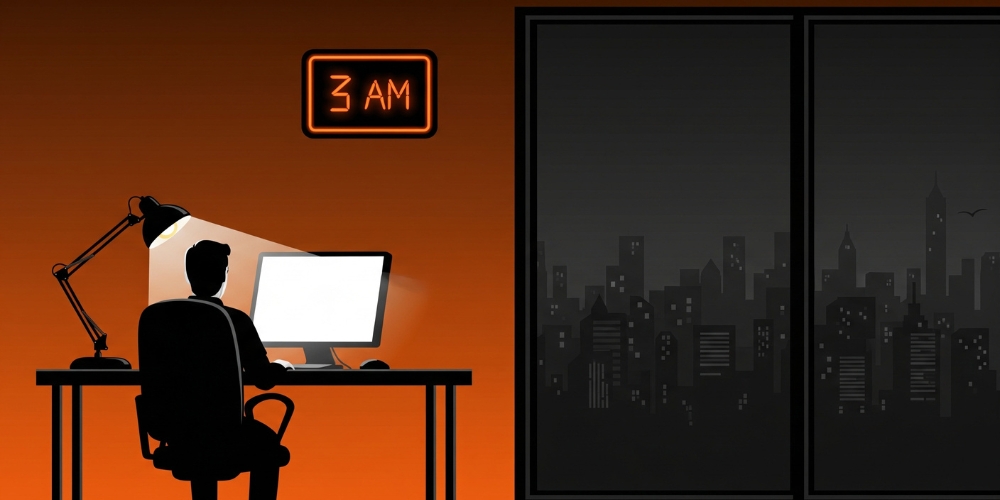
The third shift refers to the overnight work schedule that keeps essential services running while the rest of the population sleeps. It’s often called the graveyard shift hours, not because of spooky stories, but because it spans the quietest, darkest time of day.
When someone asks, “what hours are third shift?” or “what is third shift?”, the simple answer is: it’s the job that starts when the sun goes down and ends when most people are pouring their first cup of coffee.
First, Second, and Third Shift Explained (Quick Comparison)
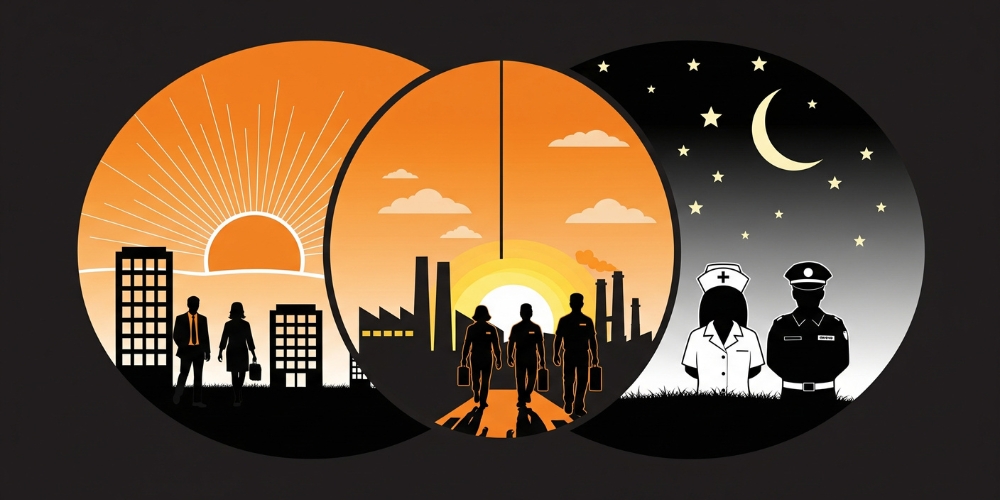
Let’s break down the shifts so it’s easy to follow:
| Shift Name | Typical Hours of Third Shift | Feels Like… |
| First Shift | Around 7 AM to 3 PM | Daylight and regular routines |
| Second Shift (or evening shift hours) | Around 3 PM to 11 PM | Dinner time, some overlap with evenings |
| Third Shift (a.k.a. graveyard shift hours, 3rd shift work hours) | Around 11 PM to 7 AM | Night time, deep sleep zone |
If someone asks, “what time is 3rd shift” or “what are hours for second shift”, the aforementioned table lays out. The 1st shift, 2nd shift, and 3rd shift hours follow that smooth progression through the day and night. Remember, different industries like healthcare, manufacturing, or transportation may tweak when the 3rd shift starts, 3rd shift jobs hours, and so on.
Why Do Employers Pay More for the Third Shift?
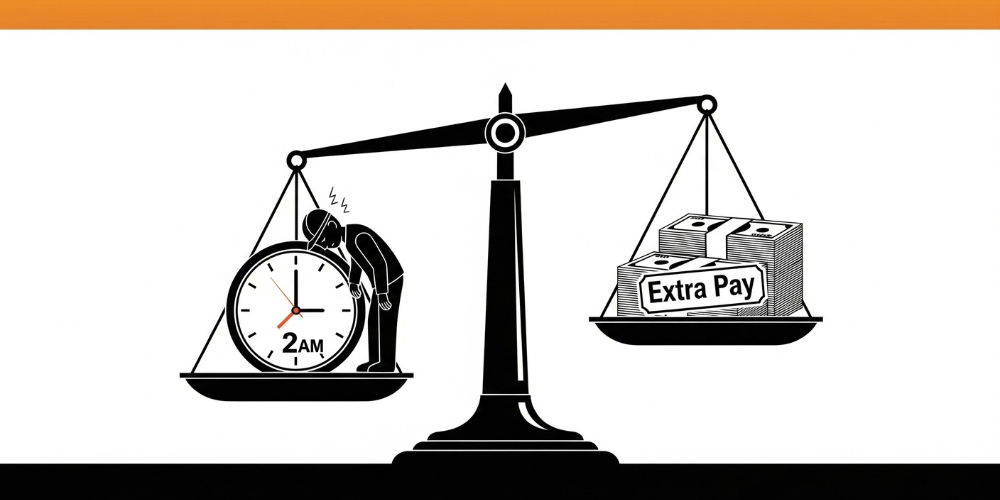
Overnight hours work on the basic economic principle: supply is low and demand grows. That’s why employers offer extra pay, commonly called night shift differential pay or shift differential, to attract and keep workers willing to work when most people sleep.
- Employers might add a flat rate per hour (say, an extra $2/hour) or offer a percentage-based increase, like 10% over normal pay. This can apply to 2nd shift or 3rd shift hours.
- The U.S. law doesn’t require extra pay for overnight work. It’s up to employer-employee agreement.
- Why do this? Overnight work disrupts sleep, social life, and body rhythms. That’s a tough sell. You pay more, so people say yes. Plus, productivity often dips on the third shift compared to the first shift, but fixed costs remain, making the extra pay a necessary draw.
Third-Shift Salary Calculator
On the third shift, you’d earn $0.00/hour, or about $0.00 more per month.
Pros and Cons of Working the Third Shift
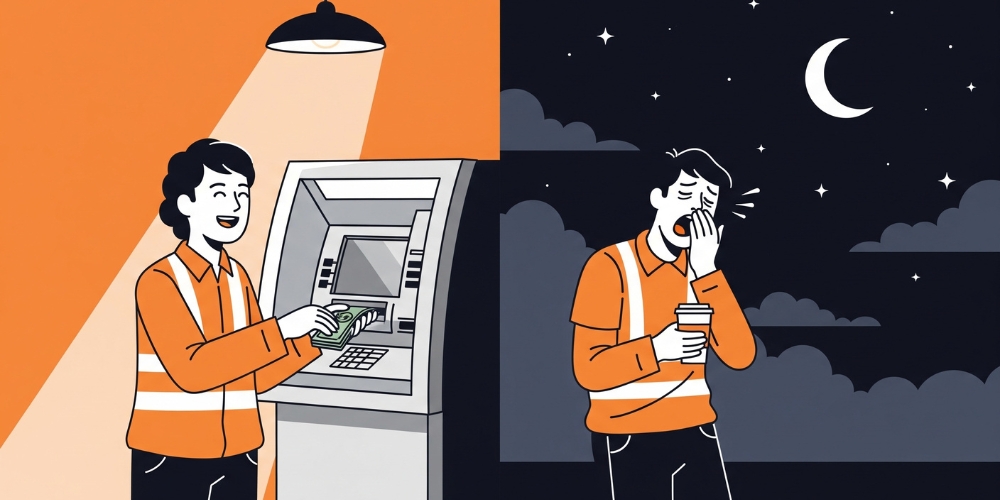
Here’s a real-talk view of the upside and downside of working overnight.
Pros
- Higher pay. Those 3rd shift work hours often come with extra pay in the form of night differential, premium pay, or shift differential.
- Less competition for roles. Fewer people want these hours, so openings might be more accessible. It is something recruiters value when using strategic methods of recruitment, including targeting quiet hours with AI hiring trends or recruiting tips for finding better candidates who thrive overnight.
- Quiet time, clearer focus. Less background activity can mean deeper concentration for some tasks.
- Better daytime availability. Mornings and afternoons are yours as they’re great for appointments, classes or family time.
Cons
- Health risks. Working nights disrupts your circadian rhythm. This raises risks of obesity, type 2 diabetes, cardiovascular disease, and even some cancers. Studies show night shift workers tend to have higher BMI and waist circumference than day workers. According to the National Institutes of Health, breast cancer risk increases up to 2.34 times for night shift workers.
- Sleep deprivation. Night workers often lose around two hours of sleep per day, over ten hours a week, and the sleep they do get is less restorative.
- Mental and emotional strain. Poor sleep leads to emotional ups and downs. A study from April 2025 showed shift workers suffer lower sleep quality and higher emotional sensitivity when compared to day workers.
- Social isolation. Friends and family often keep different schedules. Relationships, family, and social life can take a hit.
- Safety concerns. Fatigue can lead to errors and accidents, switching us to autopilot is tempting, and workplace risks rise. Shift work sleep disorder affects man,y with an estimated 26% of night and rotating shift workers suffering from it. Their performance, moods, and health can suffer.
Common Third Shift Jobs
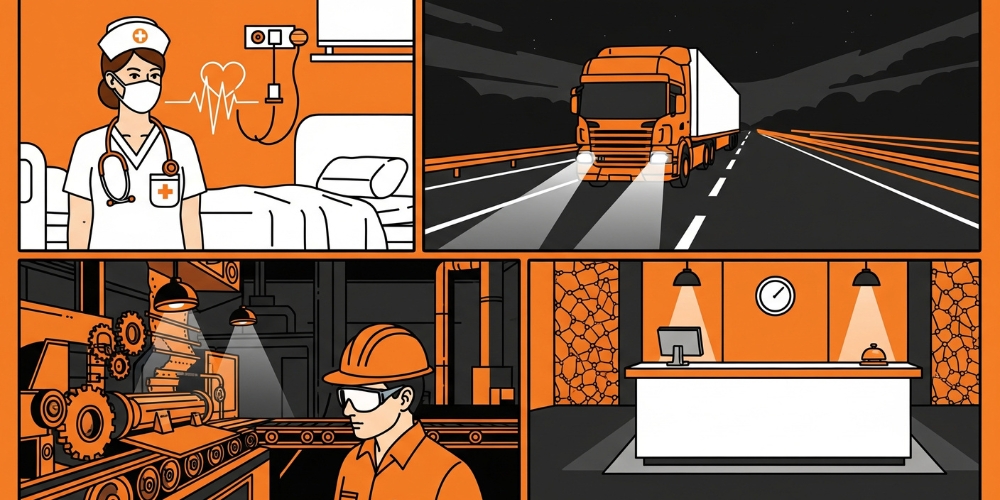
The third shift is the backbone of critical operations that keep society moving even while the city sleeps. Here are some of the most common third shift positions and why they exist.
Healthcare
Hospitals don’t close. Doctors, nurses, paramedics, and lab technicians often work the 3rd shift to provide around-the-clock care. Emergency rooms, intensive care units, and long-term facilities rely heavily on night workers.
Manufacturing & Production
Many factories run 24/7. From auto parts to food processing, employers schedule multiple shifts to maximize equipment usage. The third shift time is often crucial in meeting global demand and ensuring supply chains don’t stall.
Transportation & Logistics
Goods and people keep moving at night. Truck drivers, warehouse staff, pilots, baggage handlers, and delivery workers are common examples. The explosion of e-commerce has fueled more demand for third shift work hours in warehousing and shipping hubs.
Security & Protective Services
When everyone else is asleep, guards, correctional officers, and first responders are at work. Their 3rd shift meaning is clear: protect and serve during hours when risks like break-ins and emergencies spike.
IT & Tech Support
In a global economy, tech issues don’t stick to local business hours. Many companies run overnight help desks or monitoring teams to keep servers online. These third shift positions are especially critical in cybersecurity, where downtime can cost millions.
Hospitality
Hotels, casinos, and restaurants often have staff working the 3rd shift to serve travelers or maintain operations. From front desk managers to chefs prepping for breakfast service, hospitality thrives on around-the-clock staffing.
Common Third Shift Jobs — Click to Reveal
Click a tile to flip. Click again to reset.
Tips for Succeeding on the Third Shift
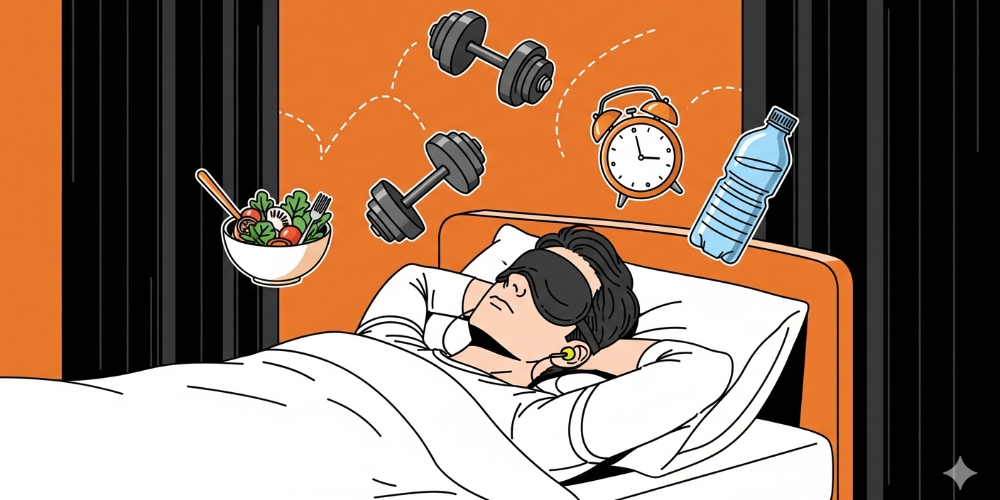
Working nights is about adapting. Success on the third shift comes from planning, discipline, and health management. These are some actionable strategies for you to follow:
Prioritize Sleep Like It’s Your Job
Your body clock resists sleeping in daylight. Use blackout curtains, white noise machines, and consistent routines to get 7–9 hours. Studies show that night shift workers average two fewer hours of sleep per night compared to day workers, and those who manage a strict routine fare much better.
Eat Smart, Stay Energized
Fast food at 3 AM may be tempting, but it makes you sluggish. Nutritionists recommend light, balanced meals during third shift and avoiding caffeine too close to bedtime.
Stay Active During Breaks
Short walks, stretching, or quick bodyweight exercises fight drowsiness. They also reduce long-term risks of heart disease associated with 3rd shift work hours.
Build a Supportive Social Routine
Your friends may be asleep when you’re off work. Stay connected with family by planning regular meetups. Otherwise, the graveyard shift hours can lead to social isolation.
Take Advantage of Extra Pay
One of the biggest perks of the third shift is the premium pay. Use that income boost wisely, as many workers save faster, pay off debt, or fund education by sticking with nights.
Lean on Technology
From sleep-tracking apps to productivity tools, tech can help regulate your schedule. Employers also use AI hiring trends to identify candidates who are resilient to odd hours. Workers who embrace these tools find it easier to balance life and third shift positions.
Advocate for Your Health
Many companies now recognize the toll overnight schedules can take. It’s worth asking about wellness resources, rotating timetables, or support services. Sharing feedback with HR can often spark small policy changes that make night work less draining.
Conclusion
The third shift may be tough on sleep and social life, but it’s the invisible engine of healthcare, manufacturing, logistics, and safety. Employers pay more for it because fewer people want to work overnight, and yet it remains essential. Whether you’re considering working the graveyard shift hours yourself or hiring for third shift positions, success comes down to balance: protect health, use smarter schedules, and lean on modern tools like AI hiring trends, creative methods of recruitment, and smart recruiting tips for finding better candidates.
FAQs
It’s called the graveyard shift because it covers the quietest hours of the night, usually midnight to dawn, when most people are asleep and towns feel deserted.
No. U.S. law doesn’t require higher pay for night shifts. Many employers offer a “shift differential” to attract workers, but it’s up to company policy.
It can be. The disruption to natural sleep cycles can affect physical and mental health. However, with proper rest, nutrition, and schedule management, many workers maintain healthy routines.
It varies. Some companies pay a flat extra hourly rate (like $1–$3 more per hour) while others give a percentage increase (5–15% more than day rates). The exact amount depends on the employer and industry.


